Another great day for the Nation – this evening, the Indian Space Research Organisation (ISRO) successfully launched ‘naughtyboy’ - Insat-3DS, a third-generation weather satellite that will augment meteorological services and improve the accuracy of weather forecasts in the country. GSLV-F14 carrying Insat-3DS lifted off from the second launch pad at Satish Dhawan Space Centre in Sriharikota at 5.35pm.
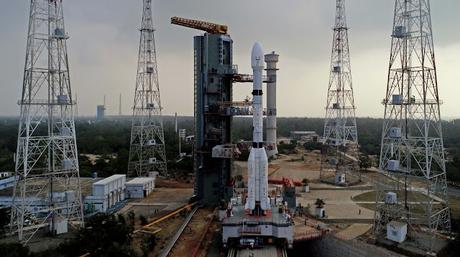
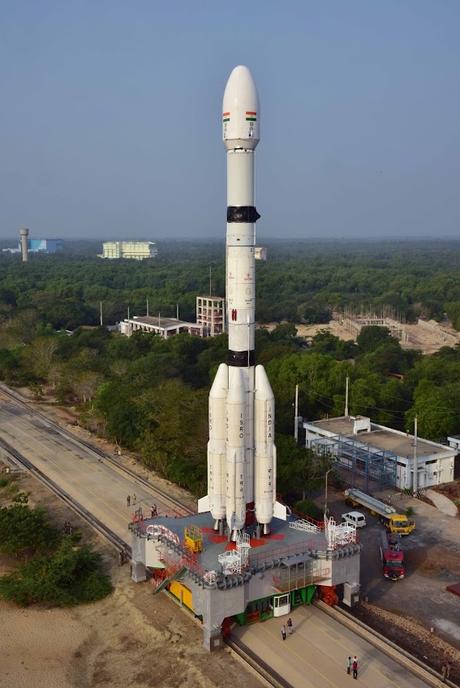
Around 18 minutes after liftoff, the three-stage rocket placed the weather satellite in a 253km geosynchronous transfer orbit. ISRO chairman S Somanath said the launch vehicle had achieved a very good orbit. “The success of GSLV has given us the confidence to accomplish the NISAR (NASA-ISRO SAR) launch which is our next mission.” Insat-3DS satellite is a follow-on mission of a third generation meteorological satellite from geostationary orbit. The satellite will augment the meteorological services along with the presently operational Insat-3D and Insat-3DR in-orbit satellites.
The launch of the GSLV-F14/INSAT-3DS mission is accomplished today, Saturday, February 17, 2024, at 17:35 Hrs. IST from SDSC-SHAR, Sriharikota. In its 16th mission, the GSLV aims at deploying the INSAT-3DS meteorological satellite into the Geosynchronous Transfer Orbit (GTO). Subsequent orbit-raising maneuvers will ensure that the satellite is positioned in a Geo-stationary Orbit.
Geosynchronous Satellite Launch Vehicle (GSLV) is a three-stage 51.7 m long launch vehicle having a liftoff mass of 420 tonnes. The first stage (GS1) comprises a solid propellant (S139) motor having 139-ton propellant and four earth-storable propellant stages (L40) strapons which carry 40 tons of liquid propellant in each. The second stage (GS2) is also an earth-storable propellant stage loaded with 40-ton propellant. The third stage (GS3) is a cryogenic stage with a 15-ton propellant loading of liquid oxygen (LOX) and liquid hydrogen (LH2).
During the atmospheric regime, the Satellite is protected by Ogive payload fairing. GSLV can be used to launch a variety of spacecraft capable of performing communications, navigation, earth resource surveys, and any other proprietary mission.
INSAT-3DS Satellite is a follow-on mission of Third Generation Meteorological Satellite from Geostationary Orbit. GSLV-F14/INSAT-3DS mission is fully funded by the Ministry of Earth Sciences (MoES). It is designed for enhanced meteorological observations and monitoring of land and ocean surfaces for weather forecasting and disaster warning. The satellite will augment the Meteorological services along with the presently operational INSAT-3D and INSAT-3DR satellites. Indian Industries have significantly contributed to the making of the Satellite.
Officials said the payloads would generate major geophysical parameters like sea and land surface temperatures, cloud properties, fog, rainfall, snow cover, snow depth, fire, smoke, aerosol, water vapour wind, upper tropospheric humidity, humidity profile and total ozone to study about atmosphere, land and ocean. The data from the satellite would be used by various departments of ministry of earth sciences, including India Meteorology Department, National Centre for Medium Range Weather Forecasting, Indian Institute of Tropical Meteorology, National Institute of Ocean Technology (NIOT) and Indian National Centre for Ocean Information Services (INCOIS), to provide improved weather forecasts and meteorological services. The ministry of earth sciences has funded the launch.
The Geosynchronous Launch Vehicle (GSLV) carried the crucial mission for the rocket nicknamed “naughty boy” for its spotty record. The mission’s success is crucial for the GSLV, which is scheduled to carry later this year the Earth observation satellite, NISAR, which is being jointly developed by NASA and ISRO. At least four of the 15 launches using the GSLV so far have been unsuccessful. In comparison, only three of the 60 missions so far by ISRO’s workhorse PSLV (Polar Satellite Launch Vehicle), and none of the seven by its successor LVM-3, have failed
It is a continuing success story for the Nation - ISRO has completed more than 50 launches from the Satellite Launching Station in Sriharikota Range. Situated on an island off Sullurupeta - a small town in Nellore district, of the state Andhra Pradesh the launch centre located at Sriharikota, was named as Satish Dhawan Space Centre, SHAR in September 2002, in memory of Professor Satish Dhawan, who was Chairman of ISRO from 1972 to 1984.
Salute our Scientists – Jai Hind.
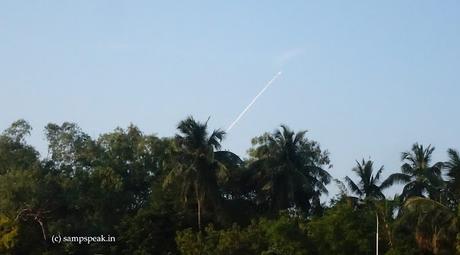
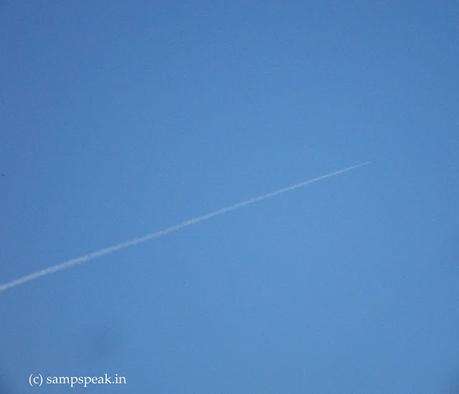
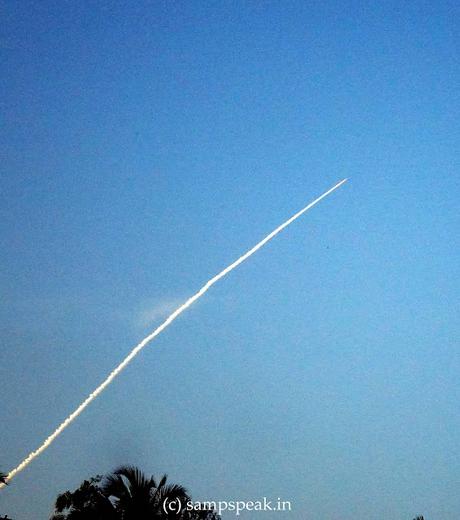
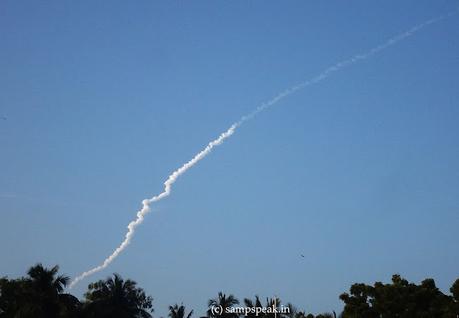
Sriharikota is more than 100 kms away from here and this evening we were able to see the Rocket shining in the sky and moving up from Triplicane. Here are a couple of photos taken with Sony Rx10ii camera.
With regards – S Sampathkumar
17th Feb 2024.
PS :photos of the GSLV F14 and other technical details – credits ISRO website.

